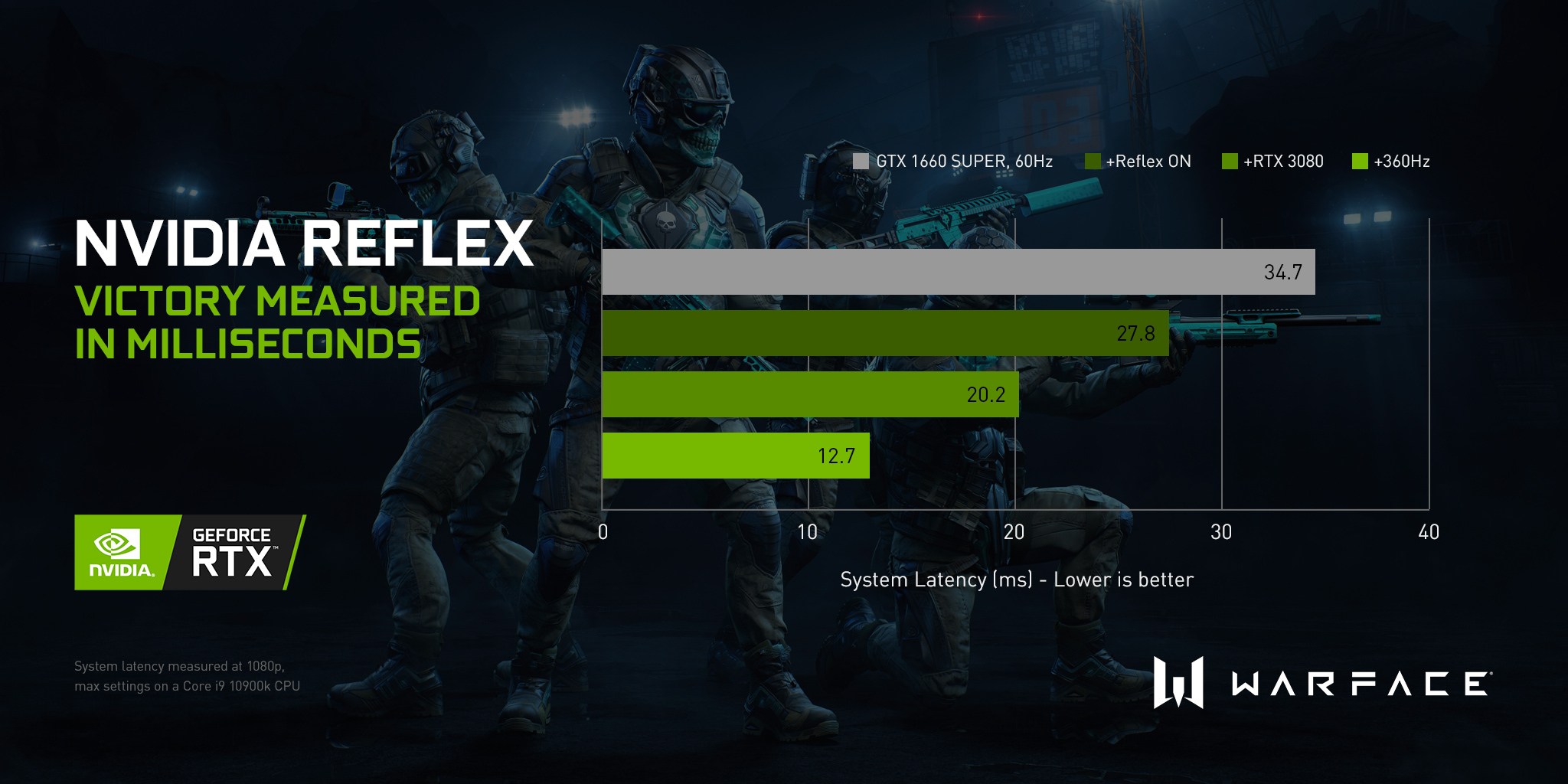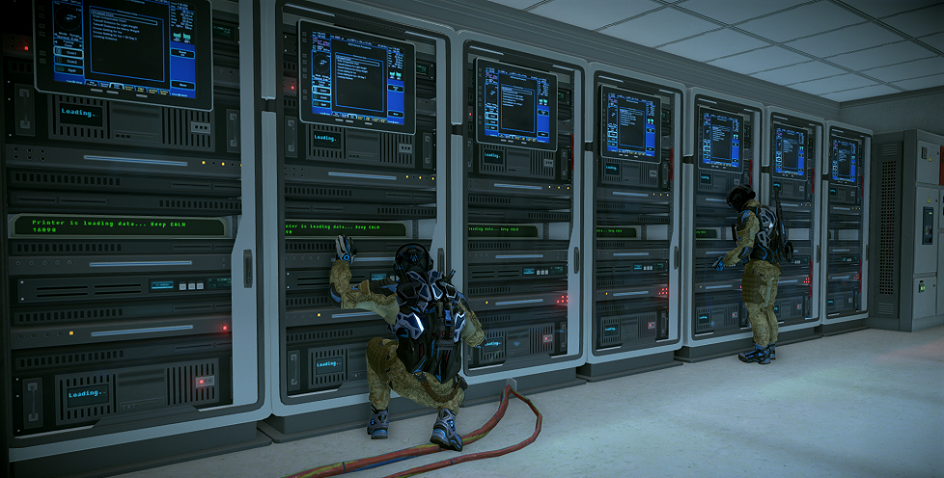NVIDIA Reflex — Already in game!
Soldiers!
We are happy to announce that Warface has become one of the first online-shooters with the NVIDIA Reflex support — a stack of technologies, which can evaluate and decrease system latency in game. Check out more details on how this novelty can improve your gaming experience!
NVIDIA Reflex

NVIDIA Reflex — is a stack of modern technologies which can evaluate and decrease system latency in a competitive type of games. With the help of these technologies the system can provide quick PC and display respond to mouse and keyboard input, and, as a result — it increases your chances of winning the match.
NVIDIA Reflex Low Latency will be available with the enabled DirectX 11 support. You can activate it in two different modes: standard mode as well as a turbo one, which disables energy-saving mode for better efficiency and the fastest possible sending of frames to the game display. You can track the overall system latency with the help of a special indicator.
NVIDIA Reflex is supported by GeForce GTX 900 released in 2014 and other newer video cards. In case your adapter doesn’t support SDK Reflex, you still can slightly decrease the system latency by enabling NVIDIA Ultra Low Latency mode on the NVIDIA control panel. Learn the details.
An overall system latency is the time between the moment you press the key and the change of image on the screen (a flash, character moving, etc.). The PC needs some time to process the information, render the frame and display it on the screen.
System latency is not connected to the game server and consists of latency with separate components.
- Peripheral latency — the time needed for the input device to process your actions and transfer all the data to the PC
- Game latency — the time needed for the processor to process the input data or environment changes and send a new image for GPU to render.
- Rendering latency — the time from the moment the frame appears in the queue until the rendering on the GPU is finished.
- PC latency — the time needed for PC to process the frame. Includes game and rendering latency.
- Display latency — the time that passes before a new image is displayed right after the rendering on GPU is finished.
Learn more about NVIDIA Reflex Technology in a dedicated article.


